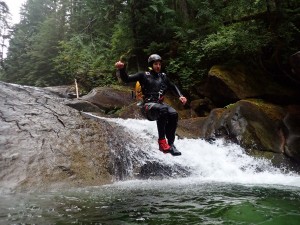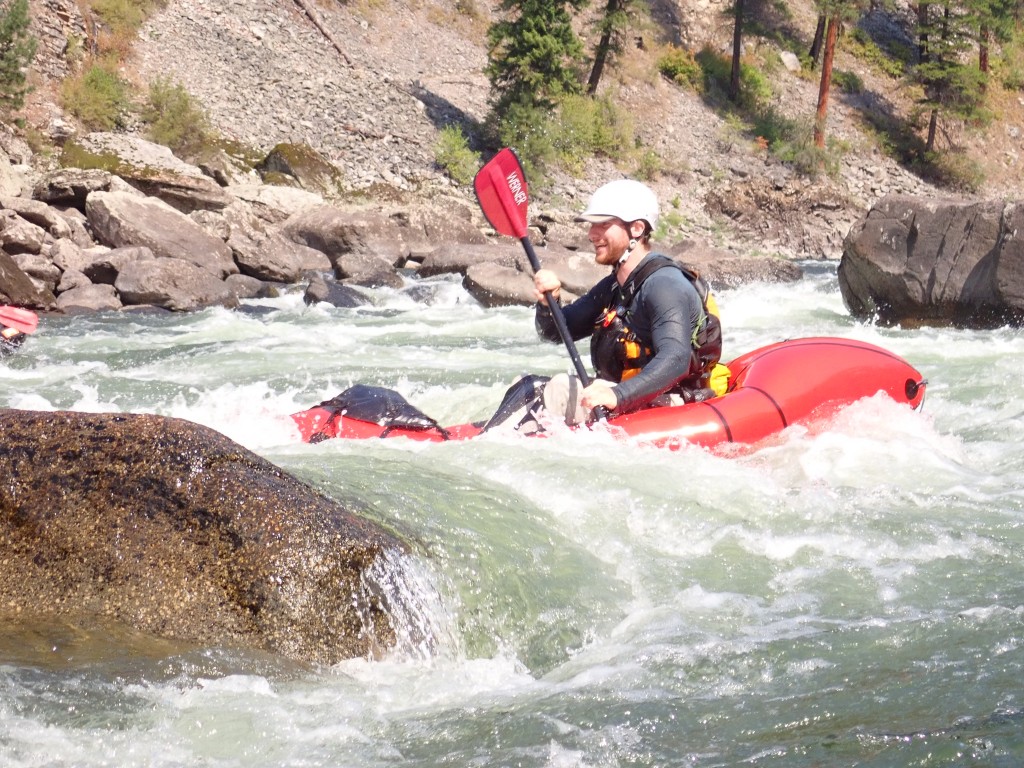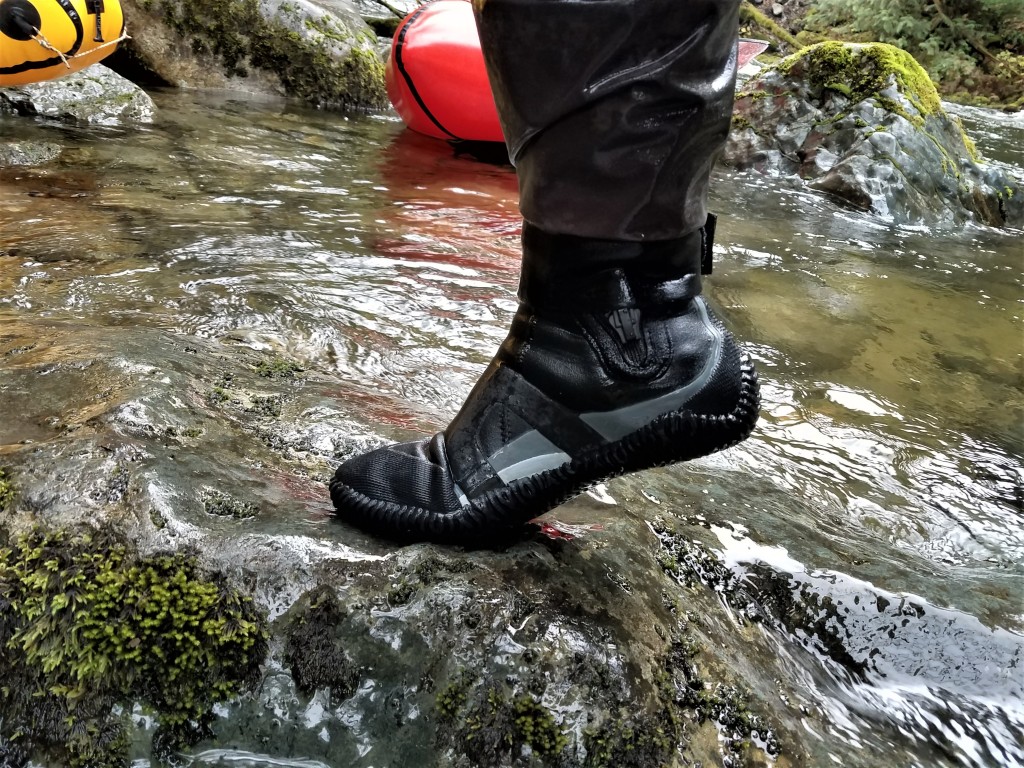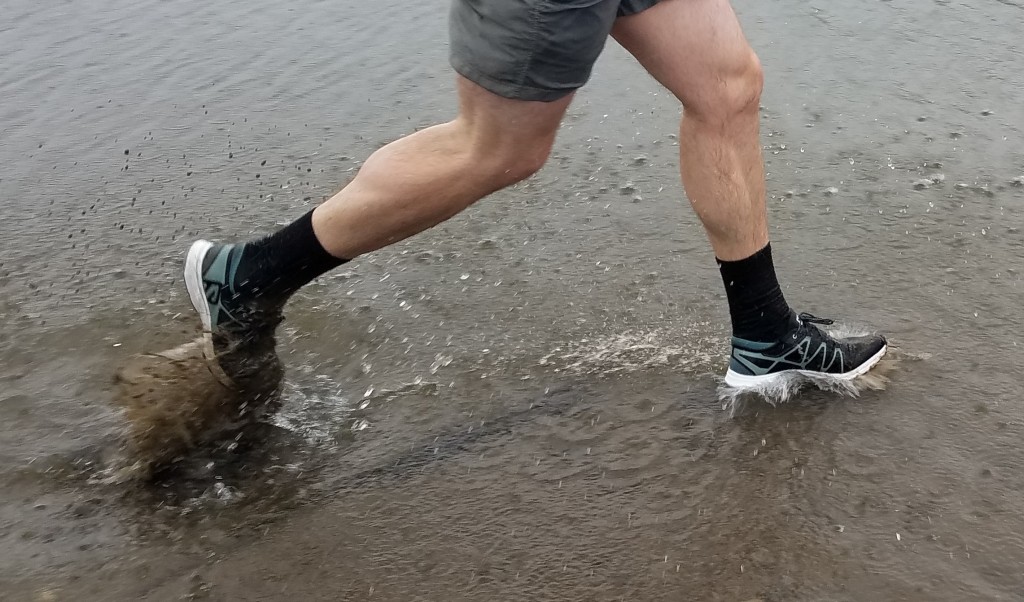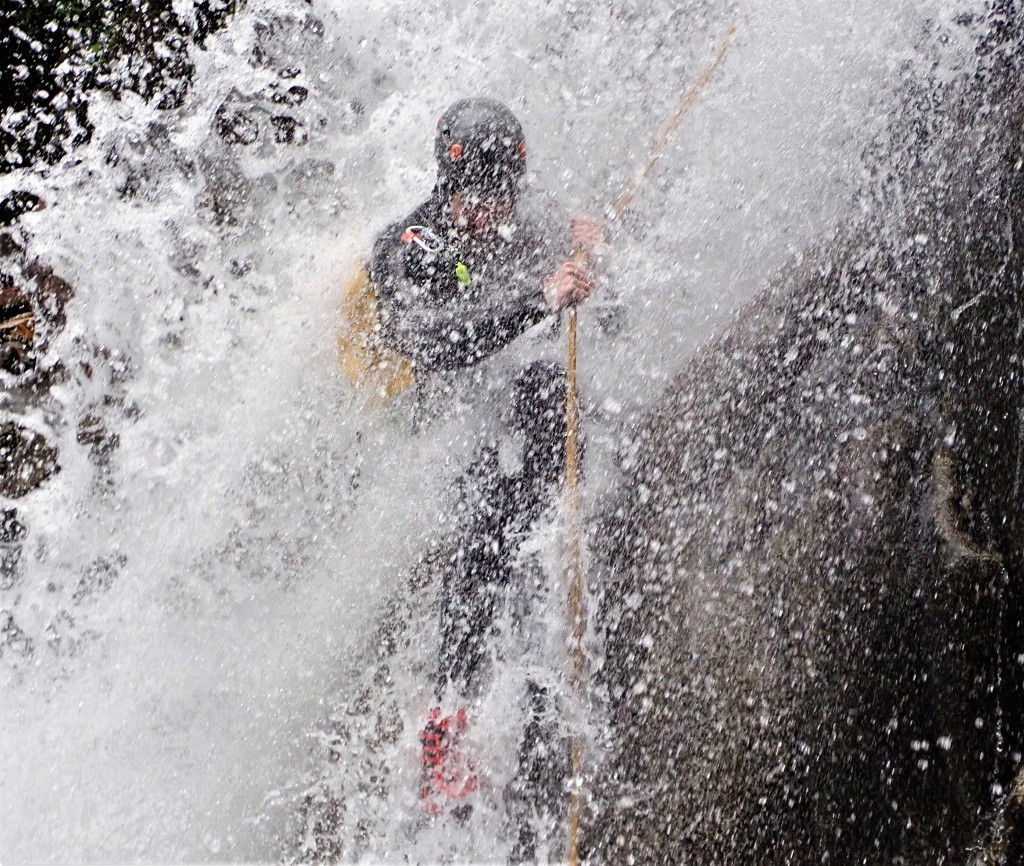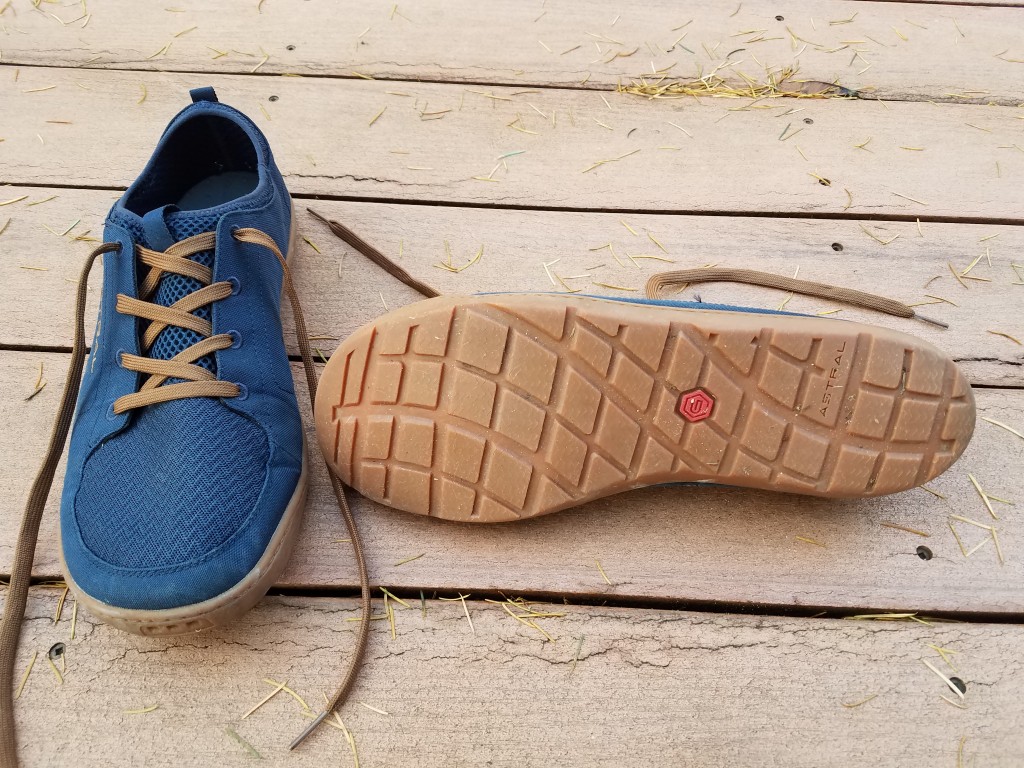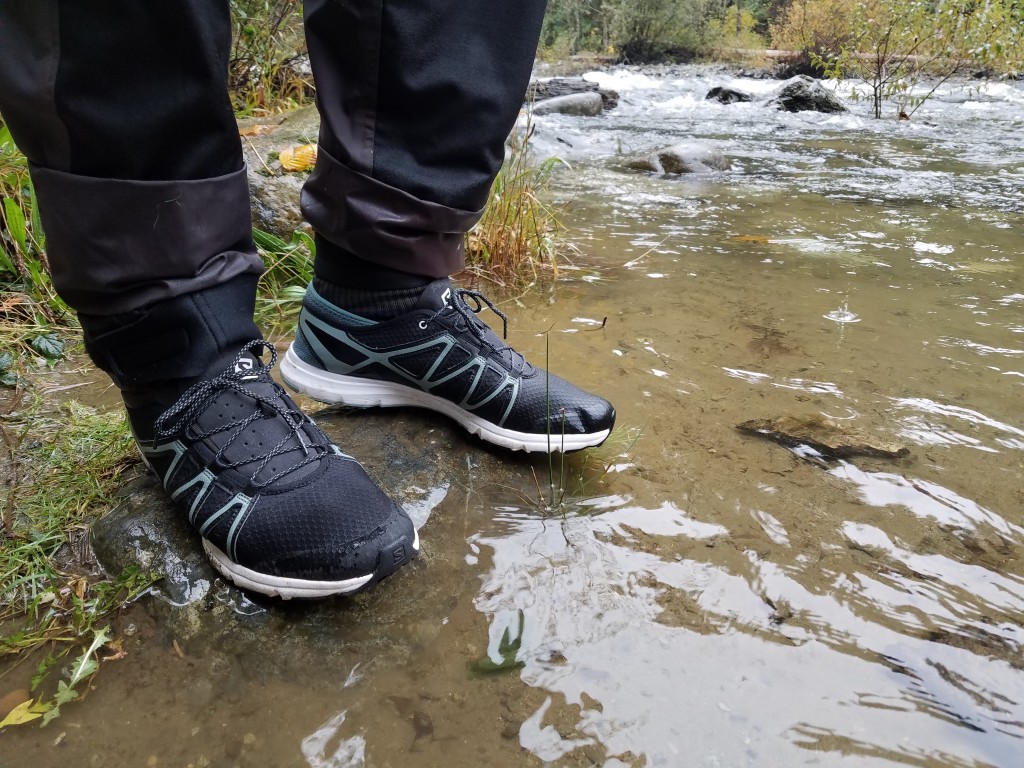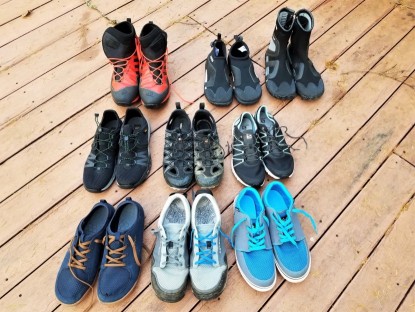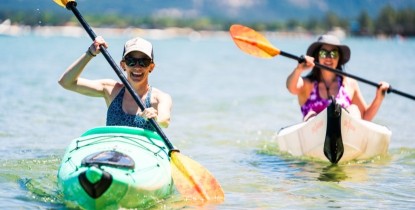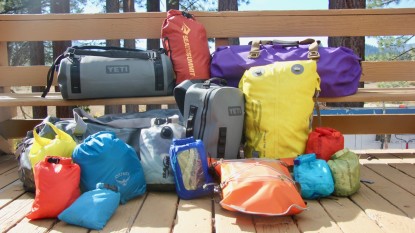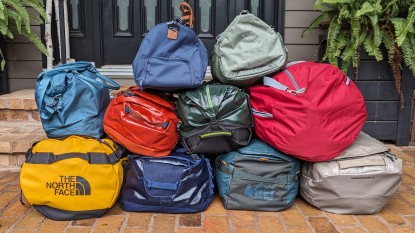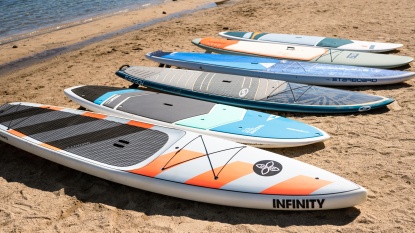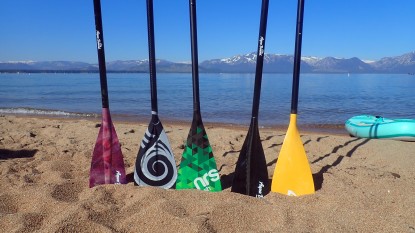Water can be the bane of footwear, but if you spend significant time doing amphibious or fully wet activities like boating or canyoneering, or just like being able to stride into the drink confidently, you'll probably appreciate a capable pair of the top-ranked water shoes. Unlike land-loving footwear, water shoes are designed to be wet and let your feet get wet. They have special rubber and tread that provides confidence on wet surfaces. Most importantly, they manage water around your feet to keep them comfortable, whether you're paddling through a rainy Pacific Northwest winter or hiking through creeks and wetlands on a hot day. Whether you kayak, SUP, canyoneer, or just like to be a little amphibious when you're outside, a good pair of water shoes can make you and your feet a lot happier.
Do I Need Water Shoes?
For many activities, a simple pair of sandals, running/hiking shoes, or approach shoes will do just fine. Dedicated water shoes are for when you really need your footwear to perform in environments where normal shoes or sandals just won't cut it, like whitewater boating, canyoneering, and long, unusually wet hikes or runs. They can also add safety and comfort to activities commonly done in bare feet, like cliff jumping or wandering around rivers. These shoes are also nice for paddleboarding, although many folks prefer to go barefoot or where sandals during such activities. Also important to remember is that many water shoes will keep your feet warmer than sandals or regular shoes can.
Related: 10 Best Sandals of 2024Related: 10 Best Hiking Shoes of 2024
Related: Best Approach Shoes of 2024
Whitewater Boating
You can probably get away with sandals on easy whitewater or a more relaxed rafting trip, and definitely for spending time around camp. For trips where a gnarly swim is more likely, scouting or portaging is required, or swiftwater rescue is a distinct possibility, you'll want the traction and protection that only dedicated water shoes can provide.
Canyoneering
For dry canyoneering (class A canyons, according to the American Canyoneering Association rating scale), approach shoes are ideal, as they stick to rock well and can be very durable. If you find that your feet are getting wet frequently, leather approach shoes will stretch when they get wet, and stiffen when they dry, becoming uncomfortable, whereas shoes designed for wet canyoneering (class B or C) will stick to wet rock while maintaining comfort throughout the day. If you live in a place with lots of flowing, class C canyons, water shoes are almost required if you want even halfway decent traction on the rock.
Running or Hiking in Wet Places
For running or hiking, water shoes can really improve foot comfort if you find yourself frequently crossing creeks, wading in wetlands or lakes, or walking near the surf on the coast. While typical non-waterproof shoes may drain and manage wet conditions alright, dedicated water shoes will substantially improve traction underwater and likely manage foot comfort and warmth better in soggy conditions.
Key Performance Considerations
Comfort
Water shoes should fit snugly wet or dry. Submersion can do a number on the shoe materials. Water shoes need to fit well through repeated cycles of wetting and drying - that means being made of synthetics that don't absorb much water and don't deform significantly when wet. If you plan on spending a lot of time on land with your water shoes, drainage is also key to preventing soggy feet and blisters.
Warmth
While drainage can be nice, you can usually cool off in the water. Water shoes that prioritize warmth are generally more effective than those that prioritize drainage. You can always dip your feet in the water to cool them off, but if you can't loosen a shoe to add more insulation, you risk cold feet, which can lead to injury, especially on long trips.
Traction
On slick surfaces, friction is key. Almost all water shoes use special rubber that sticks well to rock and other smooth surfaces underwater. A comfortable shoe is useless if it doesn't keep you on your feet. Many water shoes achieve good wet traction by using specially formulated sticky rubber (similar to climbing shoes), and some even feature razor-siped outsoles, similar to winter tires. From our review of the scientific literature on how siping affects rubber traction, we're not convinced that this siping does much compared to the composition of an outsole and tread pattern (smoother tread gets more rubber in contact with the rock).
Flexibility and Sensitivity
Flexible soles help with boat control and swimming, but a stiff sole can be more protective. Some kayakers prefer more flexible shoes that allow them to slip their feet into a narrow cockpit easily. While flexible shoes are great in the boat and open water, they often sacrifice protection that is key for uneven ground.
Durability
Flowing water and rough rock can be a shoe-gnashing combination. For canyoneering, don't expect thin, mesh-heavy shoes to last more than a few hours of being jammed in cracks or rubbed against sandstone and granite. However, ultra-durable uppers can sacrifice snug fit and are generally overkill if you just want a shoe for whitewater boating or SUPing.
Versatility
Super-specialized shoes are great, but a shoe that can do many things can save you a lot of money. Many water shoes can also work fine as hiking or even running shoes. For activities like rafting, it can be really nice to have a single pair of shoes that will keep you safe and comfortable on the river, at camp, and even on short hikes.
Types of Water Shoes
Water shoes can be differentiated based on their intended use and flexibility. Lower profile, more flexible shoes like booties tend to be better for floating activities like whitewater kayaking, rafting, or SUPing. Stiffer water shoes, especially ones made with durable fabrics and outsoles, are more ideal for actually being on your feet, traversing wet but shallow terrain.
Booties
Booties are some of the most comfortable and warmest options for water shoes. They typically feature neoprene uppers paired with a flexible rubber outsole. Stretchy neoprene conforms to your feet, eliminating the need for laces and creating a super sleek profile that is ideal for swimming. Neoprene is extremely insulating when wet, so booties can be a very warm option for cold water. Booties come in cuts from ankle- (for warmer temperatures and maximum flexibility) to boot-cut (for colder water).
Booties start to suffer when you do a lot of hiking or scrambling. Their flexible soles can wear out quickly and don't protect the feet like other shoes that have stiffer mid and outsoles. While great for things like boating or high-flow canyons that feature lots of swimming, they are less than ideal for most canyoneering adventures or any time you plan to be walking or running for most of the day.
Low-Profile Kayaking Shoes
One step up from booties, these shoes tend to be low cut and have relatively thin soles that are ideal for kayaking. They feature a more traditional lacing system than booties and often have special drainage in the form of mesh and holes that drain water quickly and prevent shoes from getting moldy on longer trips. These shoes are generally very low-cut to enable maximum ankle flexion but also come in mid-height styles for more ankle protection and stability.
Low-profile shoes can be great for slipping feet into a kayak, as well as the occasional scout, short portage, or rescue operation, where traction is necessary. Their styling and quick-drying tendencies also make them versatile shoes for wearing around town. While they're ok for short hikes, the thin soles and light materials sometimes sacrifice durability and foot protection for long hikes over rough terrain.
Water-Focused Running or Hiking Shoes
These shoes are generally crosses between kayaking shoes and more traditional running or hiking shoes. They tend to feature sticky rubber and a lot more drainage than normal running or hiking shoes but are otherwise similar in terms of fit and sensitivity.
Running shoes are great for romping around in a variety of environments but tend to be less sticky than booties or kayaking shoes. They're also a lot less durable than heavy, canyoneering boots. If you're looking for a shoe with lots of versatility and you like splashing in the puddles that most other people avoid, these types of shoes might be the right ones for you. However, their general lack of performance on the water makes them less than ideal if you're doing a lot of boating or canyoneering.
Boots and Canyoneering Shoes
Canyoneering is a uniquely gear-grinding endeavor. Canyoneering footwear is specially designed with thick, durable uppers, extremely sticky rubber, and protective soles that can handle jumps, slides, rappelling, scrambling, and lots of boulder-hopping. They tend to prioritize warmth over drainage and are bulkier than other types of water shoes.
Boots or dedicated canyoneering shoes are great if you need the protection and climbing ability they provide. However, unless you plan on doing a fair bit of wet canyoneering, these types of water shoes are likely overkill for most other environments where a lighter and potentially more comfortable shoe might serve you better. That said, for remote trips, or those in which you'll be pushing your limits on the water, having the stickiest and burliest shoes available can provide good peace of mind.
Wading Boots
While we don't cover wading boots in this review, they're important to mention. Wading boots are specially designed to stick to slick river bottoms, often with felt or studded soles. They are generally very bulky, warm, and outfitted to be paired with gravel guards on waders. If you're into standing around in a river all day to go fishing, they can be ideal, but if you need water shoes that move with you, check out the shoes we've included in this review.
Protection Versus Sensitivity
When selecting water shoes, you'll first need to determine whether you value foot protection or sensitivity. A stiffer, more protective shoe will be better for long hikes over rocky terrain that can crunch tired feet in more sensitive shoes. However, flexible shoes give you a more direct connection to your boat and can be really nice for swimming. In general, for canyoneering, go with stiff, protective shoes. For kayaking, consider more sensitive shoes. If you gravitate towards inflatable kayaks, rafts, or packrafts, stiffer shoes can make wedging feet in between tubes or pressing on small foot braces more comfortable, giving you more stability and control. Think about what you prefer in your other shoes (e.g., are you a minimalist runner who prefers lots of ground-feel, or someone who likes stiff-as-a-board soles and lots of ankle support?) as well as what you intend to use water shoes for.
Traction Optimized for Smooth or Soft Surfaces
First, a few basics about rubber traction: Soft rubbers, like those used on climbing shoes, easily deform when pressed against hard surfaces, like rock. This allows them to maximize surface area contact and dig into tiny features that you might not even see with your naked eye. The downside with soft rubber is that it tends to wear out quickly, so soft rubbers are generally formed into thin lugs that spread out force across a lot of the shoe. Harder rubbers don't deform or stick as easily but are much more durable. They won't dig into tiny features on the rock, and won't stick as well on smooth surfaces, but they can support large, deep lugs that can bite hard into soft materials and last for miles and miles of use.
Water shoes tend to be optimized for sticking to either smooth surfaces like rocks, logs, and raft tubes or soft surfaces like mud, sand, and dirt. Shoes optimized for smooth surfaces tend to have softer rubber, smaller lugs, and possibly razor-sipes. Shoes optimized for soft surfaces tend to have harder, more durable rubber, larger lugs, and stiffer soles.
Unless you spend a lot of time wading through mud, we recommend shoes optimized for smooth surfaces. On the water, traction is usually a bigger deal when you're surrounded by rock and logs than when you're stuck in the mud. That said, few things are more frustrating than trying to walk up a muddy riverbank only to find that your shoes don't stick to anything, and you've got to kick steps or get a rope to make real headway.
For canyoneering, optimize traction for smooth surfaces by picking shoes with soft, sticky rubber and relatively smooth soles. No shoe ever made has deep enough lugs to get through the endlessly deep, unbelievably slick mud of a class B Utah slot, so you might as well get a shoe that performs well once you wash the mud off. For boating, stickier, softer soles are nice for scrambling over rock or staying upright when you've had a few beers but still need to shop a fair bit of food to cook dinner. For running or hiking in wet conditions, you may want more aggressive, harder rubber that allows you to maintain traction on steep, muddy trails.
Fitting Water Shoes
Once you pick out a shoe, the last thing you'll need to figure out is sizing. Unlike running or hiking shoes, water shoes need to adapt to a huge range of water temperatures. You may want to go with anything from bare feet to almost 1 cm or more of insulation in the coldest waters. For sizing, think about the intended use of the shoe as well as the water temperatures you want to use them in. In general, go up about 1 full size if you want to be able to fit thick neoprene socks (4-5 mm), or multiple socks underneath a drysuit sock. In general, it's better to size up and be a bit too warm. Being too cold can easily lead to non-freezing cold injuries in wet environments. Many water shoes also have a removable insole that will allow you to squeeze in a little bit more insulation on really cold days.
Conclusion
Whether you are looking for a water shoe for a single sport or a more versatile option, it is helpful to consider your needs in terms of foot protection, sensitivity, and traction. Of course, like all footwear, fit is the ultimate deciding factor. Spend time trying shoes on and go with a shoe that fits and performs well enough that you can just forget about it as you have fun on the water.



